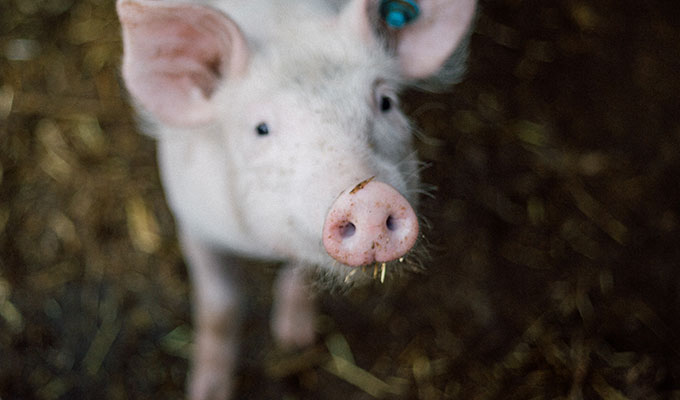Human beings may not be at risk from the possibility of African Swine Fever (ASF) going global, but the pig economy and associated value chains may well find the year of the pig in 2019 to be more of a curse than a blessing.
In China, pork is a staple, a dominant portion of the national diet. In fact, the Chinese eat so much pork, more than twice the global average, that the country produces half of the world’s pigs, almost 700 million animals per year. China is also the only country to keep a strategic pork reserve, while the global pig industry is estimated at more than US$20 billion. Hence, emerging recent reports of a new type of swine fever, that is, at present, unstoppable, potentially spells doom and gloom for anyone in China whose livelihood remotely concerns pigs.
While this is the time of year when we routinely read reports regarding outbreaks of some strain of bird flu, swine fever is altogether different. It was the 2009 swine flu pandemic that led to the introduction of body temperature sensors at airports and high profile buildings worldwide, a practice that continues to this day.
One problem is that we know remarkably little about ASF. Scientists believe its origins lie in the early part of the 20th Century, in Africa, obviously. There, the disease is sustained as transmission occurs between asymptomatic wild animals. The change comes when wild pigs meet their domesticated cousins, and this is something we know a lot about. According to SupChina, “Infected domestic pigs haemorrhage in every organ and from every orifice, with a typical 100 percent mortality rate within 6 to 10 days”.
If there is any good news, it lies therein. Infected pigs die so quickly there is little time for them to spread the disease on to others. Yet, the Ministry of Agriculture and Rural Affairs of PRC is not taking any chances, saying, “The prevention and control [of ASF] is very serious”.
As long as a week ago, the South China Morning Post reported that more than 100,000 pigs had already been culled. Now, 19 provincial level areas in China have reported an outbreak, with a case in Shanghai being the among the latest, raising fears among the populace, according to a story on Baijiahao, the content publishing platform run by Baidu. Some 50 of a farm’s 314 pigs in the city’s Jinshan District were infected, leading to 11 deaths.
In our very own Jiangsu province, almost 14,577 pigs were culled in August alone in Lianyungang, with 615 found to be infected with ASF, resulting in 88 deaths. In terms of numbers of cullings, Jiangsu is second only to the north-eastern Liaoning, according to an interactive map on Caixin.
Meanwhile, a press release from the Food and Agriculture Organisation of the United Nations, back in July, stated, “There is no vaccine and no cure for the disease. In its most virulent strain, it is 100 percent fatal to infected pigs. However, unlike swine flu, ASF poses no direct health threat to humans.”
That said, other viruses have mutated into strains that can impact on human health. It is therefore worth noting the resilience of ASF. The research article, “Survival of Viral Pathogens in Animal Feed Ingredients under Transboundary Shipping Models”, published on scientific research repository, Plos One, reveals that ASF can survive in an external environment for a long period; shoe soles, clothes and truck tires can play host to the virus for over a month.
In China, cooking habits also play a part. With the virus able to survive temperatures of up to 60 degrees Celcius, the local preference for stir frying will not kill ASF. Then there are the ever-present blue bins of pig swill, essentially leftovers, that make their nightly appearance outside many a local restaurant, and are, in effect, the perfect conduit for ASF.
People born in the year of the pig are said to be generous, diligent and sympathetic, while pigs signify, among other things, prosperity. With a year of the very poor pig on the horizon, the animal presently looks as if it may need all our sympathies for its continued prosperity.









